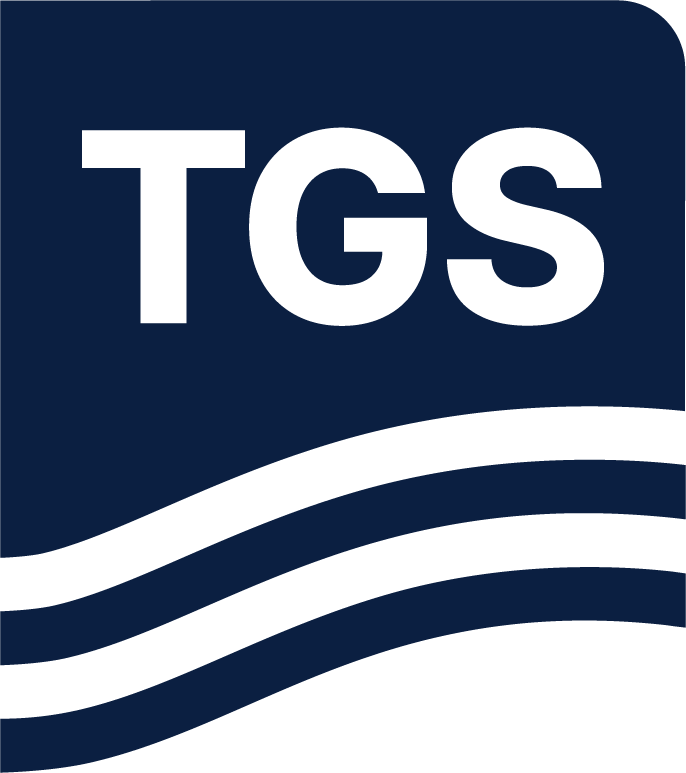Paper Summary
Accounting for anisotropy in P-wave data processing is now recognized as an important step in improving the quality of seismic data. The quality of final migrated images, prestack gathers, and any attributes derived from the seismic data can all be improved. Commonly, two forms of anisotropy are considered. The first and most common is vertical transverse isotropy (VTI), or the closely associated tilted transverse isotropy (TTI). This anisotropy is often caused by fine layering of sediments, with the layering smaller in scale than the seismic wavelength. In the case of VTI the bedding planes are horizontal, while in TTI they are dipping.
Both these forms of anisotropy cause the well-known “hockey stick” or nonhyperbolic moveout effect on NMO-corrected gathers at long offsets (typically beyond offset-to-depth ratios of 1.0). In addition, TTI anisotropy causes an azimuthal variation of traveltimes; however, this type of anisotropy is mostly considered in depth processing. In the TTI case, the anisotropy parameters are partially controlled by well data and the symmetry plane is normally assumed to be parallel to the bedding. For time processing, it is more usual to account for VTI anisotropy; azimuthal traveltime variations are not considered and the anisotropic parameters required for time imaging can be obtained from the seismic data alone.

